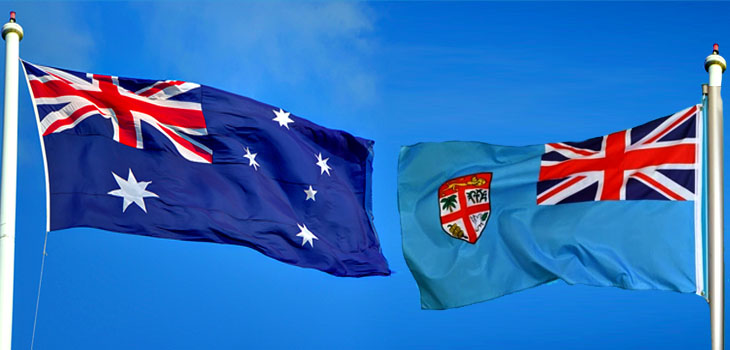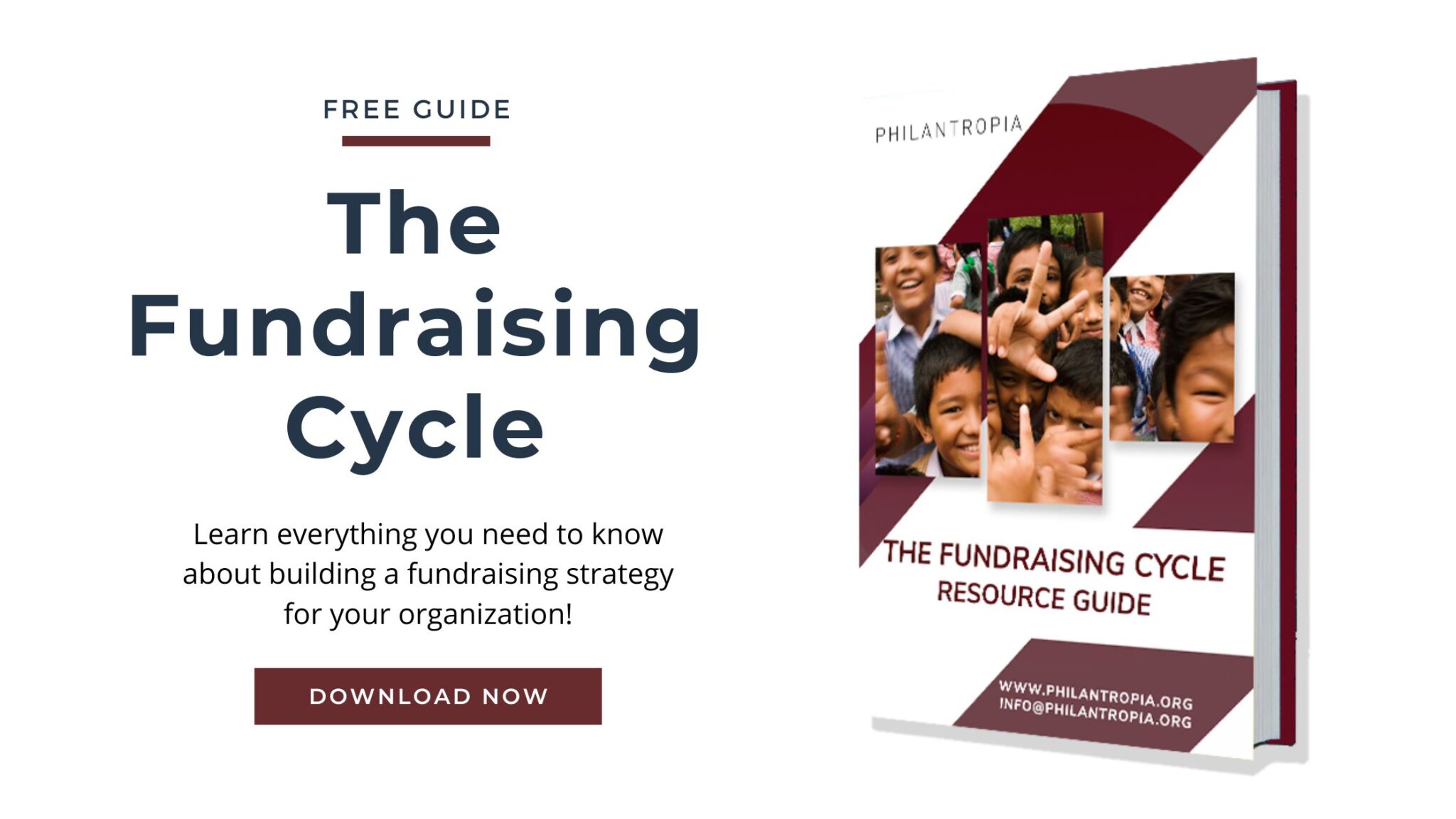The Direct Aid Program(DAP) is a flexible small grants program funded by the Australian Government to directly support projects in developing countries. It has the flexibility to work with local communities in developing countries on projects that reduce poverty and achieve sustainable development consistent with Australia’s national interest. The DAP is open for Fiji and Tuvalu.
Who can apply for what?
The funding is available on a not-for-profit basis to community groups, NGOs and other entities engaged in development activities. The maximum amount of money an NGO can receive over the lifespan of a project is AUD30,000 (around FJD50,000). The Direct Aid Program funds projects in the following areas:
- community and/or rural development
- education
- gender equality
- disabilities
- youth
- human rights
- the environment
- small-scale infrastructure
- economic empowerment
- ad hoc humanitarian relief
- sporting activities targeting a disadvantaged group
How does the application process work?
To apply for funding within the Direct Aid Program, you need to submit a proposal through an online application process before 11th March 2019.
The proposal has to be submitted through a homepage called Smarty Grants. Make sure you have a good internet connection when you want to apply so all the information can be transmitted.
The online form covers the usual parts of a proposal (background, justification, project description, expected outcomes, risks, budget, beneficiaries etc.), so you should have all this information at hand. You can save the form at any point of the process, so don´t rush.
While you should, submit all the necessary information, you should also try to keep it as brief as possible. When things are not clear, pictures can often help to explain the situation.
What does the Australian Embassy want to see in your application?
Even though the maximum amount you can apply for is AU$ 60,000, projects that apply for AU$ 20,000 – 40,000 have the best chances to be chosen. Also, projects with a high co-payment by the NGO and the beneficiaries will be favored.
The Australian Embassy also would like to see projects that enhance educational and cultural exchanges and people-to-people links, are achievable and have sustainable outcomes. Furthermore, projects should provide educational or occupational skills and training if this applies to specific circumstances.
The projects will be evaluated based on the following aspects:
- the costs and the development benefits of the proposal
- achievable and sustainable outcomes
- soundness of the project’s objectives and design (including the budget)
- the practicability of the proposed implementation arrangements,
- whether the project conforms with the objectives of the Direct Aid Program
Prepare everything before you apply:
You will need to submit the following documents, so make sure you have all of them:
- Digital copies of proof of your organization’s legal registration. Scan all of them and save it in pdf or jpg format (recommended file size is 5 MB).
- You need to provide details of two referees if you have not received DAP funding previously. Referees must be from outside your organization and be able to vouch for your work ethics and the experiences you already have.
- The exact amount of money the project will cost. Also, add the contribution of your NGO and your beneficiaries. Showing diversified funding sources is highly recommended.
- Submit a complete breakdown of what the money will be spent on. Ensure all costs quoted in the budget are in the same currency type as the Total Project Cost. Therefore, make sure you have these numbers at hand. Remember DAP funding cannot be used for recurrent costs.
- Public outreach is very important for the Australian Embassy, so you should make sure to include a modest amount for marketing of their contribution to your budget.
- If your project works with children, you need to have child protection guidelines in place and you have to submit a digital copy of them during the application process.
Furthermore, project activities should in most cases be implementable within one year from the reception of funding
If you feel like your project fits this bill, you can fill out the submission form here by 11th March 2019.
If you need help preparing your proposal, make sure to check out some of our other articles on proposal writing tips to get all the information you need.
Best of luck with your proposal!




Hello!
I am Tanzania teacher at previously I was teaching in primary school but since 2011 the district government changed me to be a teacher of secondary school up to this moment. In secondary school that I am working I have seen a lot of challenges that face the rural school children, as their guidance and counselling teacher I feel I have the task to do to help them. Now can you advice me which proper ways can I do get your financial support?
Thank you I expect to hear from you soon
By philemon chanja
Mwanza Tanzania
Hello Philemon
We are not a funding organization and do not provide grants. We are a social enterprise that provides a platform to connect you with expert advice on proposal writing to get your amazing projects funded.
Please check out the many resources available on our site. Hope this helps.
Thank you!
much informative article
Dear sher:
I am glad you found this article helpful!